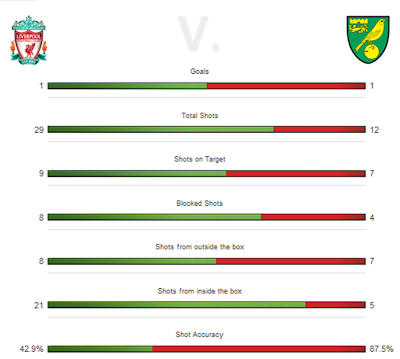The two biggest football racism scandals in recent years have been, and will be, tried in very different ways.
First, there is the FA judicial process endured by Suarez. He was found guilty and banned for eight matches, a punishment which is almost certain to be challenged as to its legality by Liverpool FC. To get to the bottom of this legality, and the contrast to the Terry case, it is important to understand how guilt versus innocence is judged in the British system. There are two main processes. In the civil courts they refer to "the balance of probabilities". The winner of a civil case is the one who convinces the judge that their story is more than 50% likely to be true. In a criminal case, such as John Terry's, the crime must be proven "beyond reasonable doubt", or close to 100% certain, before the defendant can be found guilty.
The FA have obviously gone down the civil law route with Suarez in coming to their judgement. Immediately you can see the unfairness in relation to how the Terry matter has been dealt with. 50.1% certainty to 99% certainty is a very big step indeed.
In any case, let's go down the civil route with Suarez and explore where the "balance of probabilities" lie. The alleged offence took place in a crowded goalmouth as a corner was being taken. It is reasonable to expect, therefore, that a conversation between the two players would have been overheard by at least one other person. All of the evidence we have heard suggests that it was not. Therefore, surely, the "balance of probabilities" is in favour of Luis Suarez.
Had the CPS looked at the Suarez case in the same manner that they have looked at Terry's, there is no way that they would have proceeded with a prosecution. There is not enough evidence for the case to have been proven beyond reasonable doubt. As it stands, Suarez must fight through a civil judicial process which appears to make up its punishments as it goes along.
In terms of the next steps, Liverpool must lodge an appeal with the FA within 14 days. That appeal will be heard and, from the FA's perspective, the case will then be closed. However, there is a body that can overrule the FA's decision - the Court of Arbitration for Sport. The CAS may find this case hard to overrule, given its subjectivity. The CAS tend to look into whether the correct legal steps were taken and whether all processes and procedures are legally watertight. For example, in the recent case of Wen Tong, a Judo star who was stripped of a gold medal for doping, the CAS ruled in her favour because the anti-doping agency had violated certain articles of the Judo federation's rules and regulations during her initial prosecution.
In the case of Suarez, there is no evidential breach of procedure by the FA. What is being contested is a subjective judgement. Whether the CAS would get involved in such a case is questionable.
Meanwhile, the Terry case will be judged on whether it is beyond reasonable doubt that he abused Ferdinand racially. This is much harder to prove than his guilt on the balance of probabilities would be. So what happens next? Terry will appear in a Magistrates court to try to clear his name. If he succeeds, the FA is likely to side with the official judicial process. If he fails, he will get a £2,500 fine and the FA will have a political green light to hand him a similar punishment to that given to Suarez.
The key point of difference is that Suarez hasn't been given this opportunity to clear his name in a court of law. The FA have played judge and jury and he will find the system incredibly difficult to break down. Put simply, the way both cases have been handled is completely unfair.
If any club know how to win a court battle, it is Liverpool FC. The club will stand shoulder to shoulder with Suarez and do absolutely everything to help him clear his name.
Follow me on Twitter: www.twitter.com/joescouse_lfc
More on criminal law vs. civil law: http://www.inbrief.co.uk/legal-system/difference-between-civil-criminal-law.htm























